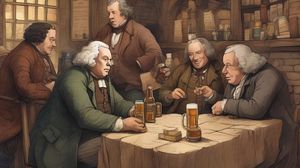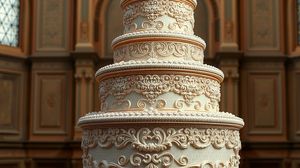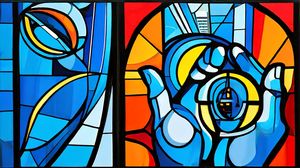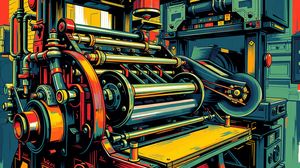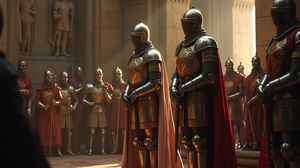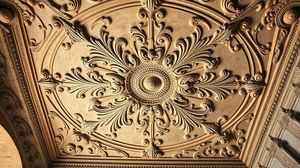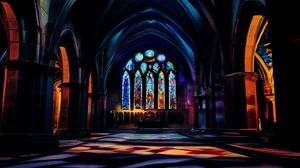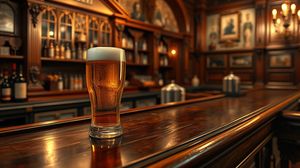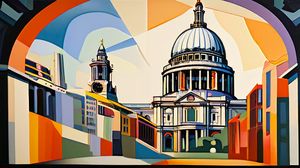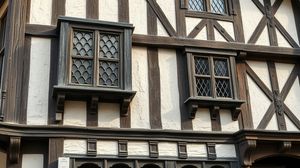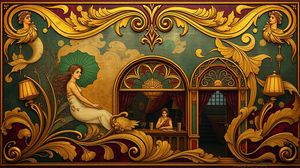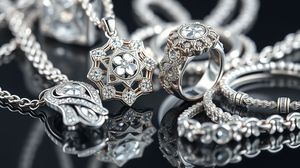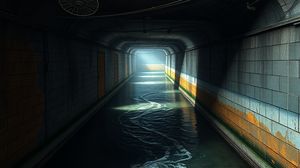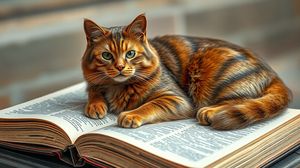
The Hodge the Cat Statue in Gough Square, London, is a charming tribute to Dr. Samuel Johnson's beloved feline companion, providing a delightful glimpse into 18th-century life. The bronze sculpture, created by artist Jon Bickley, captures Hodge sitting proudly atop a dictionary, a nod to Johnson's seminal work, "A Dictionary of the English Language."
Hodge was famously adored by Dr. Johnson, who was known for his fondness for the cat. Johnson would personally buy oysters, a favorite treat of Hodge, to ensure the cat's happiness. This little detail speaks volumes about the cat's importance in Johnson's life and becomes a testament to the enduring affection between humans and their pets throughout history.
The statue is adorned with a famous inscription: "A very fine cat indeed," a phrase immortalized by James Boswell in his biography of Johnson. This phrase echoes through the ages, reminding visitors of the warm relationship shared between Hodge and his master.
One of London's more unique landmarks, the Hodge statue not only celebrates a cat's place in literary history but also adds a touch of whimsy to the historical richness of the area. Visitors often find themselves charmed by this small but significant piece of London's cultural tapestry.
The location of the statue is particularly fitting, situated outside the former residence of Dr. Samuel Johnson. It offers visitors a chance to step back in time and walk in the footsteps of one of literature's iconic figures, all while being watched over by his faithful, bronze-furred friend.

Making the Most of Your Visit:
Take a moment to read the inscription on the bronze statue, "A very fine cat indeed," and appreciate its connection to Dr. Johnson's affection for Hodge as described by James Boswell. It's one of those perfect little historical details that brings the past into the present.
Don't rush your visit; Gough Square tends to be a quieter corner of London, making it a lovely spot to pause and enjoy a piece of history without the hustle and bustle usually found in the city.
While you're there, notice the dictionary that Hodge sits upon. It's a charming nod to Dr. Johnson's legacy as the creator of one of the first comprehensive English dictionaries. Be sure to consider how central language was to his life and work.
Visit on a weekday to catch a peek at the local businesses and see how this historical spot fits into the everyday life of Londoners. It adds a layer of contemporary charm to the already rich past of the place.
After visiting Hodge, consider taking a short walk to Dr. Johnson's House Museum, located nearby, to further immerse yourself in the life and times of the man who adored Hodge. The museum often adds context and depth to this little statue's significance.

Visiting Times & Costs:
The Hodge the Cat Statue in Gough Square is a public monument and is open to the public at all times as it is situated outdoors in a public area. There is no entrance fee to visit the statue, making it a cost-free attraction for all visitors. As it is located outdoors, access is largely unrestricted, though visitors should be aware that the cobblestone surroundings of Gough Square may present some challenges for those with mobility impairments or wheelchair users. However, with some caution, the statue can generally be accessed by most visitors.

Address & Map:

Nearby:

